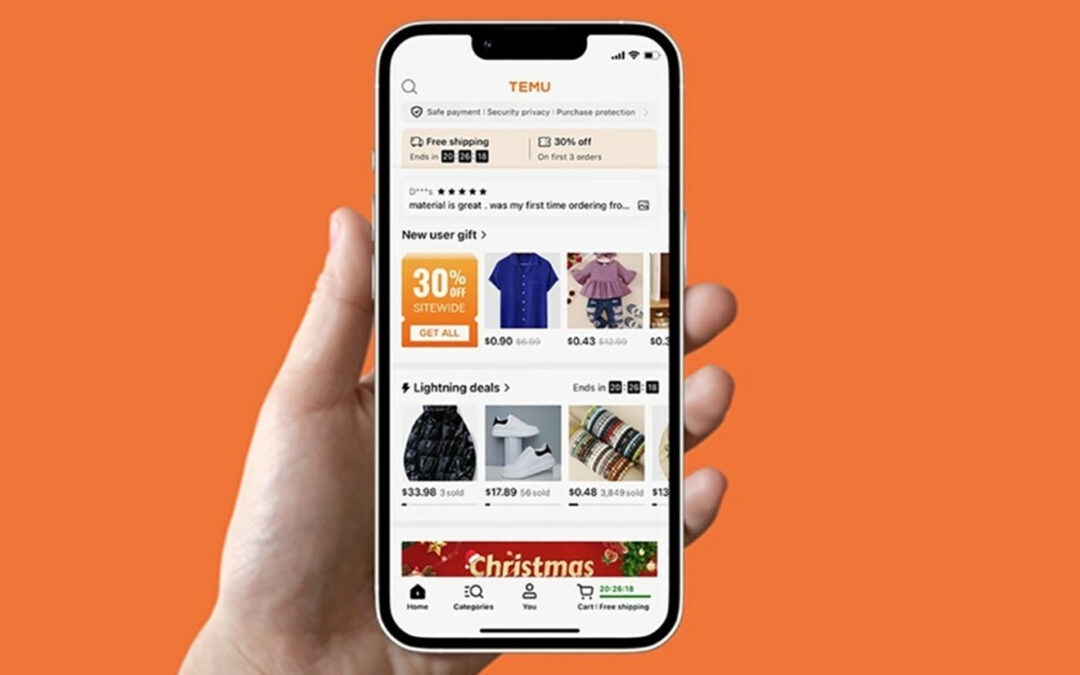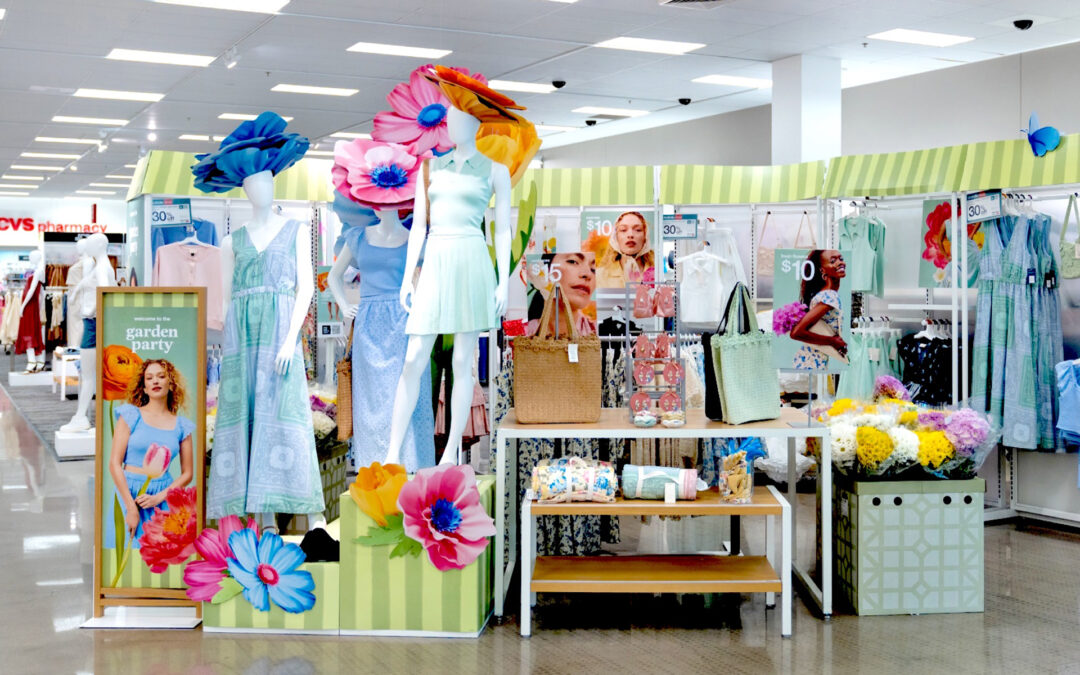Consumers have adjusted their spending behavior in the face of inflation and economic uncertainty worldwide, according to business services firm PWC, with 53% of global consumers “holding back” on non-essential spending.
The 2023 PWC Global Consumer Insights Pulse Survey, which captured the views of 9,180 consumers across 25 regions worldwide, found the majority of respondents expect to reduce their expenditure across all surveyed categories over the next six months. The luxury and premium products, travel, and fashion sectors will see the greatest portion of consumer spending reductions over the next six months, with groceries expected to decline the least, PWC stated.
Consumers are shifting consumption habits in-store and online as the cost of living increases and supply chain disruptions impact product availability and delivery times. As a result, 49% say they are buying certain products when on promotion, 46% are looking to retailers offering better value, 40% are using comparison sites to find cheaper alternatives, 34% are buying in bulk to save cost, and 32% are buying retailer private labels to find savings. As for demographics, Generation X leads in the “most-concerned” response to a PWC survey at 47% and has taken action on non-essential spending. Baby Boomers lead concerns “to some extent” at 33% while taking action, whereas Millennials lead the way when concerned but not changing behavior.
Although 56% of consumers said rising prices remain the most frequently experienced challenge when shopping in-store, supply chain issues remain significant, given longer lines and busier store locations, cited by 30%, and product availability limitations, cited by 26%. Supply chain disruptions experienced shopping in stores appear most prevalent for consumers in Australia at 36%, the United States, at 35%, and India, at 34. For online shoppers, rising prices, at 48%, product availability, at 24%, and longer than expected delivery times, at 24%, led to reported concerns.
Consumers are planning to reduce their spending across all surveyed retail categories over the next six months, with the greatest decrease forecast in luxury/premium products or designer products, at 53%, travel, at 43%, virtual online activities, at 42%, and fashion including clothing and footwear, at 41%. However, an appetite for future spending remains with 40% of survey respondents saying they will look to treat themselves and others. Groceries, at 24%, had the least planned spending reduction.
Yet, consumers still respond to social considerations with 78% saying they would pay higher prices for a product that is produced/sourced locally, or made from recycled material, 77% saying they would pay more for products made from sustainable or eco-friendly materials, and 75% saying they would pay more for products from products produced by a company with a reputation for ethical practices.
In regards to behavior, in-store shopping remains the most common medium of consumption at 43%, while smartphones, at 34%, PCs, at 23%, and tablet consumption, at 15%, all marginally declined. In the survey, 51% of consumers said they never purchase products via a tablet, with smart home voice assistance, at 64%, and wearable devices, at 71%, also experiencing shopping neglect.
At the same time, privacy is a concern for a lot of consumers, with 47% of survey respondents saying they are extremely or very concerned when interacting with social media companies, while 36% said they are wary about engaging third-party/portal travel websites, 34% healthcare sites, and 32% consumer companies.
Adoption of the metaverse as a shopping channel is still in its early stages but, PWC maintained, the medium still remains underused, with only 26% of respondents having tried the platform for entertainment purposes, virtual experiences or purchasing products in 2022. The largest portion of consumers has employed virtual reality primarily for playing games or watching a movie at 10%, experiencing a retail environment or concert, at 9%, or purchasing a digital product, such as a non-fungible token, or NFT, at 9%. Among age groups, Millennials, at 36%, are the most likely to have tried out virtual reality.





